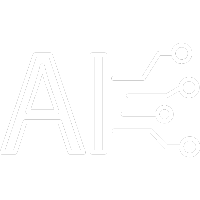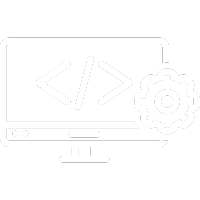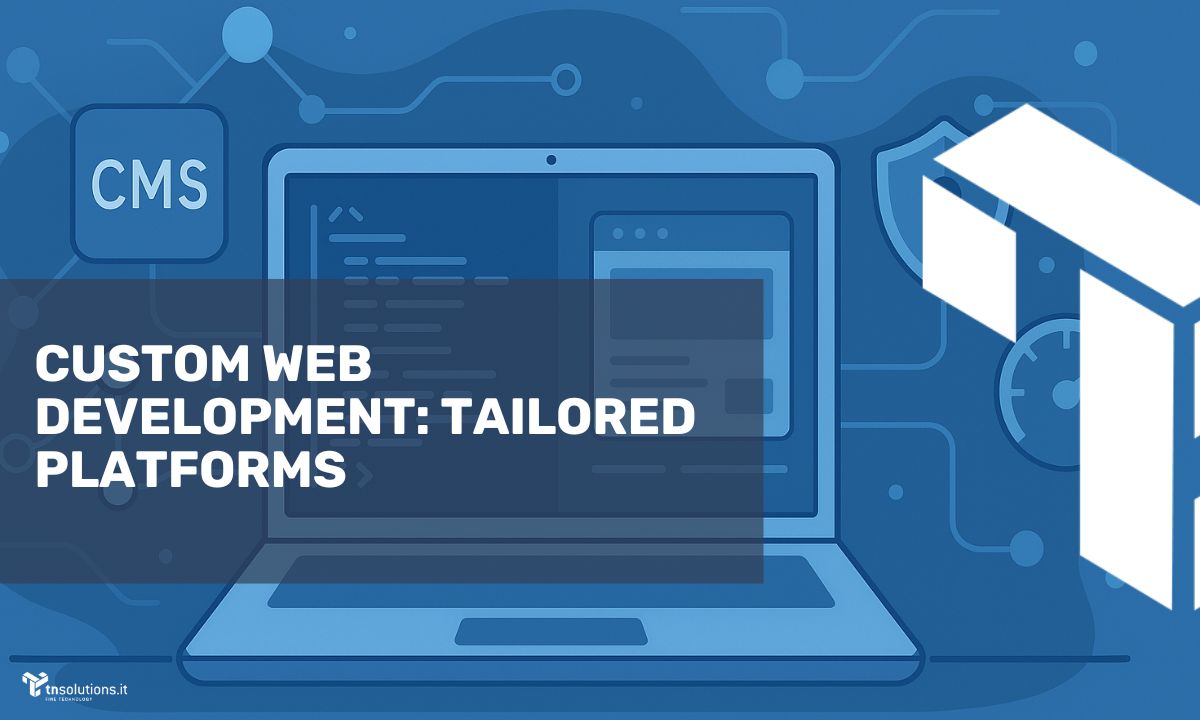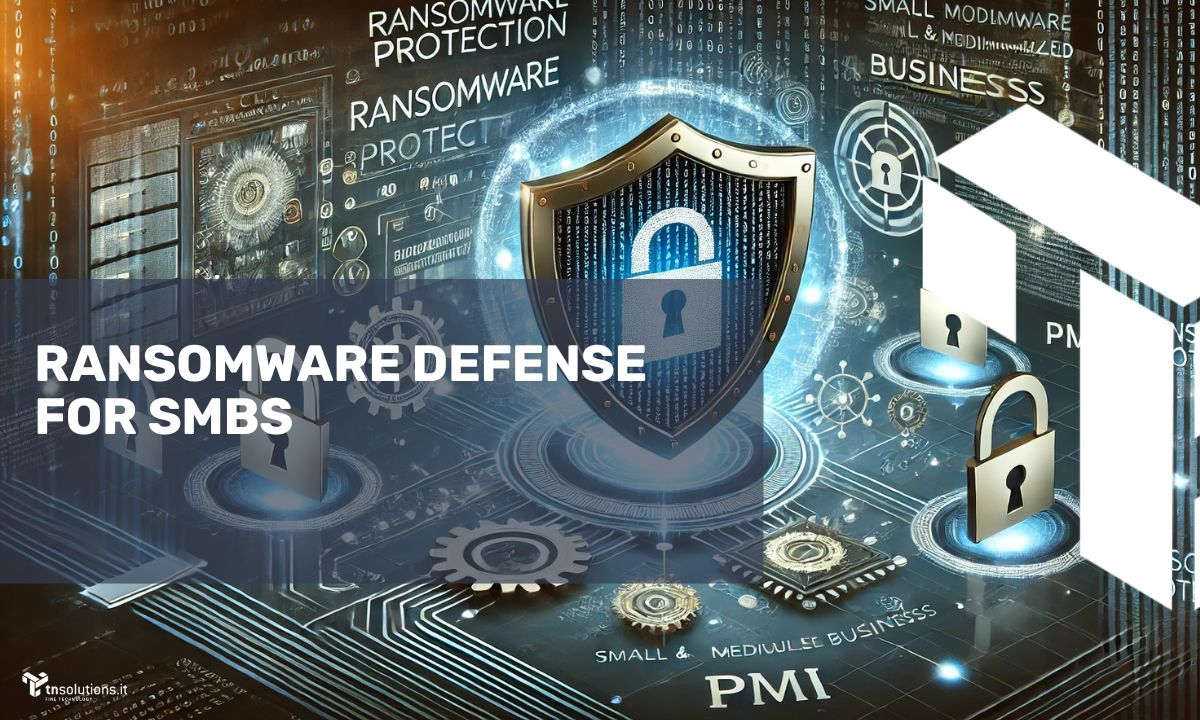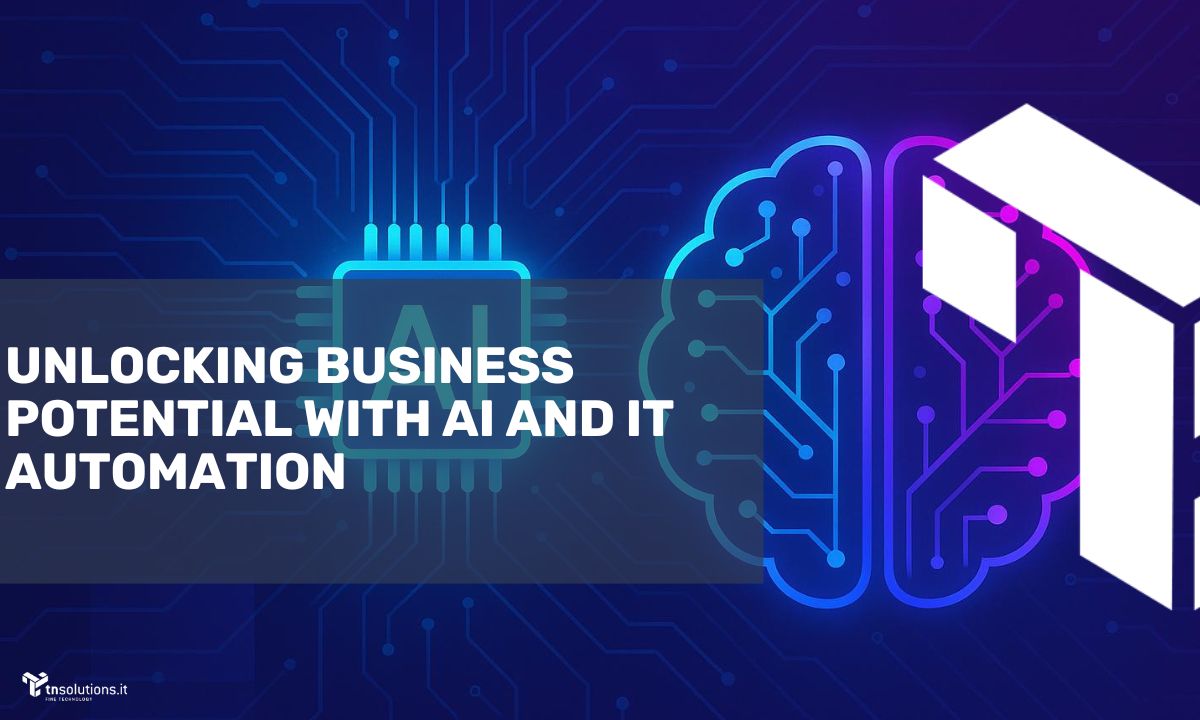
- The Fundamentals of Artificial Intelligence and Its Role in Innovation
- IT Automation and Artificial Intelligence Integration
- Machine Learning, Deep Learning, and Predictive Analytics in Enterprise AI
- Scripting and AI Integration
- Enterprise AI Infrastructure and Architecture
- Enterprise AI Use Cases in IT Automation
- Challenges and Future Trends in Enterprise AI
- What’s Next for Enterprise AI?
- FAQ
- What are the main benefits of AI in IT automation?
- How do ML and DL differ, and how are they used in enterprise AI?
- How can data quality be ensured for predictive analytics?
- Which scripting languages are ideal for AI development?
- Can AI be integrated with legacy systems?
- How can AI models be protected against cyber threats?
- What ethical concerns arise with enterprise AI?
- Conclusion: AI as a Catalyst for Enterprise Innovation
In recent years, the technological landscape has undergone a profound transformation thanks to the rapid advancement of Artificial Intelligence (AI). Once limited to research labs, AI has now permeated numerous industries, enabling the development of increasingly sophisticated systems capable of learning from data autonomously. In the realm of IT automation, the integration of intelligent algorithms is driving a paradigm shift: repetitive tasks and complex operations are now managed by adaptive solutions that reduce errors and foster technological innovation.
Within enterprises, the adoption of enterprise AI techniques enhances efficiency, streamlines workflows, and opens the door to data-driven business models. Organizations are leveraging technologies like Machine Learning (ML), Deep Learning (DL), and Predictive Analytics to tackle complex challenges, from identifying hidden patterns to preventing system failures and automating the management of resources and services.
This article delves into the key applications of AI in IT environments, examining both its benefits and the challenges it brings. We’ll explore IT automation models, software architectures, and scripting techniques used to create tailored solutions. Additionally, we’ll assess the tangible advantages of enterprise AI, from cost reduction to transforming raw data into actionable insights. Lastly, we’ll offer a forward-looking perspective on how ongoing innovation will further enhance these intelligent systems.
The Fundamentals of Artificial Intelligence and Its Role in Innovation
From the Origins of AI to Modern Technological Frontiers
Artificial Intelligence originated as a branch of computer science focused on developing algorithms and mathematical models that mimic human cognitive functions like learning, reasoning, and problem-solving. While early AI research dates back to the 1950s, only in recent years—thanks to increased computing power and the rise of Big Data—has AI become a critical driver of technological innovation.
- Machine Learning: A core area of AI that enables systems to learn from data and improve over time without explicit programming.
- Deep Learning: A subset of ML based on multi-layered neural networks inspired by the human brain, capable of recognizing complex patterns in images, audio, and natural language.
- Tools and Frameworks: Open-source libraries like TensorFlow, PyTorch, and Scikit-learn, along with commercial cloud platforms from Google, Amazon, and Microsoft, simplify the deployment of AI in various applications.
The Impact of Enterprise AI
Strategic implementation of AI can revolutionize an organization’s operations beyond mere process optimization:
- Customer Experience Personalization: Advanced profiling and recommendation algorithms deliver tailored services that increase user satisfaction.
- Critical Process Automation: AI-driven IT automation minimizes execution time and error rates, freeing human resources for higher-value tasks.
- Predictive Insights: Data-driven analytics uncover hidden trends and guide decision-making.
- Enhanced Security: AI-based anomaly detection systems identify unusual behaviors in real-time to prevent cyber threats.
IT Automation and Artificial Intelligence Integration
Defining IT Automation and Its Use Cases
IT automation involves using tools and procedures to manage, monitor, and maintain IT systems without constant human intervention. When paired with AI, these systems become capable of:
- Real-time Response: Automatically analyzing performance logs and metrics to handle anomalies.
- Service Disruption Prevention: Predictive analytics enable proactive maintenance planning.
- Resource Optimization: Smart scheduling algorithms dynamically allocate resources based on current and forecasted needs.
Enterprise AI extends IT automation into domains like DevOps, container orchestration (e.g., Kubernetes), and cloud infrastructure, enhancing automated provisioning and intelligent monitoring.
Benefits and Challenges of AI in IT Automation
Advantages:
- Reduced Human Error: Reliable automation of repetitive tasks.
- Increased Efficiency: Fast, accurate processing of large datasets.
- Data-Driven Decisions: Predictive and prescriptive analytics guide IT teams with actionable insights.
Challenges:
- Integration Complexity: Merging AI with legacy systems requires specialized expertise.
- Data Management: High-quality, unbiased datasets are crucial for model training.
- Change Resistance: Cultural and organizational resistance may hinder AI adoption.
Machine Learning, Deep Learning, and Predictive Analytics in Enterprise AI
ML vs. DL: Understanding the Difference
- Machine Learning: Includes supervised, unsupervised, and semi-supervised algorithms such as regression, decision trees, SVMs, and clustering methods like K-means and DBSCAN.
- Deep Learning: Utilizes multi-layered neural networks for hierarchical feature extraction, ideal for vision, speech, and NLP applications.
The Strategic Role of Predictive Analytics
Predictive analytics is essential in turning historical and real-time data into actionable forecasts:
- Forecast market demand
- Detect fraud and anomalies
- Optimize marketing campaigns
- Enable predictive maintenance
When paired with IT automation, predictive analytics orchestrates intelligent, proactive workflows.

Scripting and AI Integration
The Role of Scripting in AI Workflows
Scripting is vital for operationalizing AI models and automating workflows. Common scripting languages include:
- Python: Preferred for AI thanks to robust libraries like TensorFlow, Pandas, and PyTorch.
- Node.js: Useful for real-time web services and API integration.
- Bash: Ideal for system-level automation and scheduling.
Scripting Use Cases:
- Data pipeline management
- Automated testing and deployment
- API/service integration
- Logging and monitoring
Enterprise AI Infrastructure and Architecture
Development Environments and Cloud Platforms
Cloud providers like AWS, Azure, and Google Cloud offer services essential for enterprise AI:
- GPU/TPU Support: Accelerated training and inference.
- Orchestration Tools: Docker and Kubernetes simplify scalable deployment.
- Managed ML Platforms: AWS SageMaker, Azure ML, and Google AI Platform streamline end-to-end model development.
Legacy System Integration
Many enterprises rely on legacy systems rich in valuable data. AI integration requires:
- Connectors & Middleware: Bridge old systems with modern data platforms.
- ETL Pipelines: Clean, transform, and prepare data for training.
- Microservices & APIs: Expose data for automated workflows and team collaboration.
Security and Compliance
To ensure data protection and regulatory compliance (GDPR, HIPAA), enterprises must implement:
- Encryption, access control, and audit logs
- Standardized governance policies to build trust and facilitate certification
Enterprise AI Use Cases in IT Automation
- Smart Network Monitoring: Predict traffic congestion, detect cyber threats, and optimize configurations.
- Virtual Agents & Chatbots: Automate support, provide 24/7 assistance, and analyze interactions using NLP.
- Supply Chain Optimization: Predict demand, minimize waste, and improve logistics.
- Other Areas: Talent acquisition, financial services, industrial production, and quality control.
Challenges and Future Trends in Enterprise AI
Ethics and Algorithm Transparency
Key ethical concerns include:
- Data Bias: Risk of perpetuating discrimination.
- Explainability: Understanding decisions made by complex models.
- Accountability: Defining legal responsibility for AI-driven outcomes.
What’s Next for Enterprise AI?
- Hybrid AI: Combining symbolic and statistical methods.
- Edge Computing: Deploying models on-device for real-time performance.
- Quantum Computing: Accelerating problem-solving capabilities.
- AutoML: Democratizing AI with tools that automate algorithm selection and tuning.
Continuous Training and Upskilling
To fully leverage AI, organizations must invest in workforce training and foster an innovation-driven culture. Collaboration and cross-functional integration will be key to long-term success.
FAQ
What are the main benefits of AI in IT automation?
Reduced human error, accelerated workflows, predictive capabilities, and real-time interventions.
How do ML and DL differ, and how are they used in enterprise AI?
ML uses traditional algorithms; DL focuses on neural networks. Both are often combined for optimal results.
How can data quality be ensured for predictive analytics?
Through ETL processes, data validation, and eliminating bias in training datasets.
Which scripting languages are ideal for AI development?
Python is most common, followed by Node.js and Bash for specific use cases.
Can AI be integrated with legacy systems?
Yes, using connectors, ETL tools, and APIs while maintaining security and data integrity.
How can AI models be protected against cyber threats?
Implement strong security protocols and auditing practices.
What ethical concerns arise with enterprise AI?
Algorithm bias, lack of transparency, and legal accountability are major issues.
Conclusion: AI as a Catalyst for Enterprise Innovation
Adopting AI in IT automation opens up new possibilities for operational efficiency and intelligent resource management. The synergy between enterprise AI, ML, DL, predictive analytics, and scripting enables organizations to create adaptive, data-driven solutions.
Beyond productivity gains, AI drives technological innovation and the development of market-ready services. To maximize these benefits, businesses must invest in skills, infrastructure, and clear strategies that also address ethics and security.
As AI algorithms continue to evolve and emerging technologies like quantum and edge computing mature, enterprise AI is poised to expand even further. Organizations that act now will strengthen their competitive edge and harness AI as a powerful engine for digital transformation.



